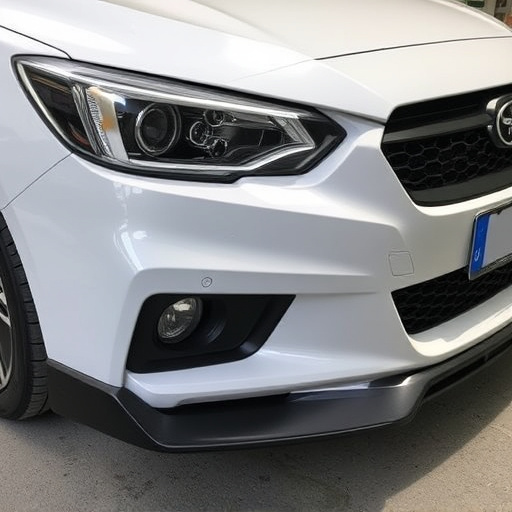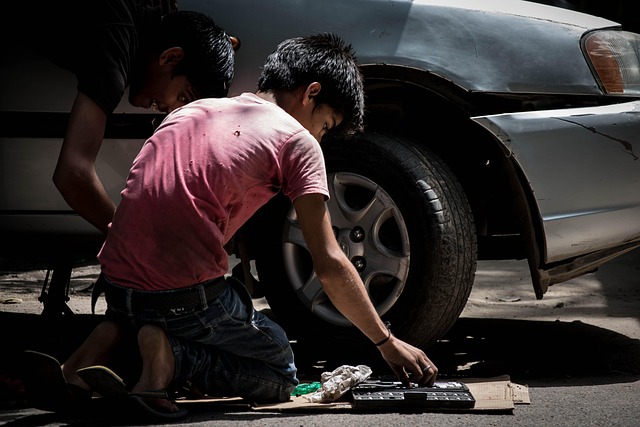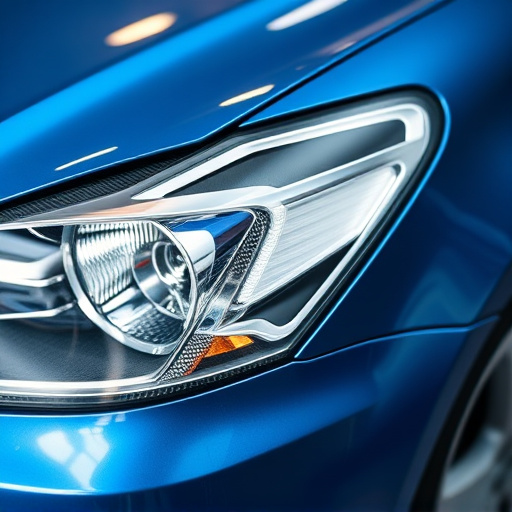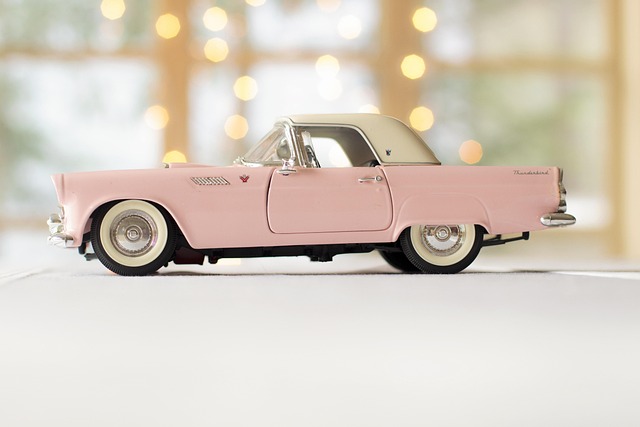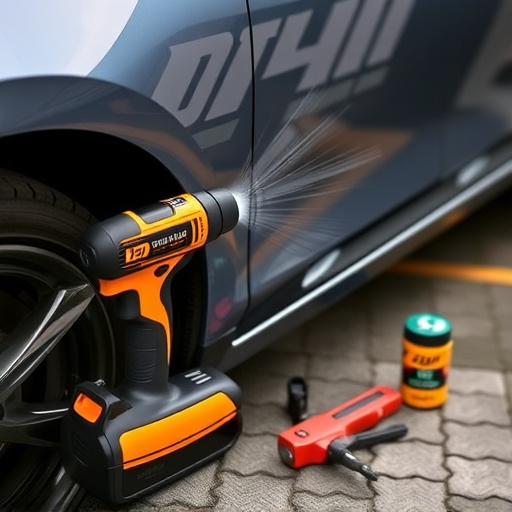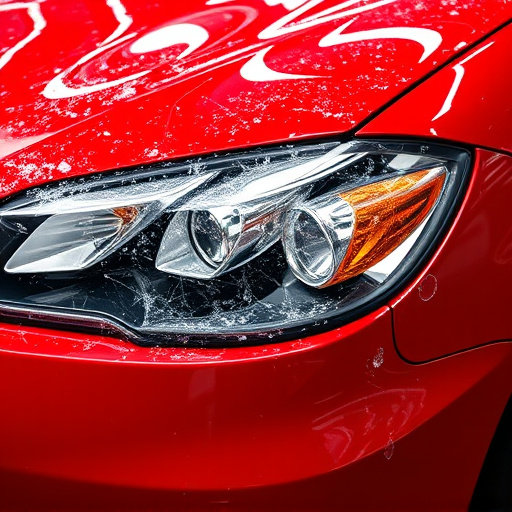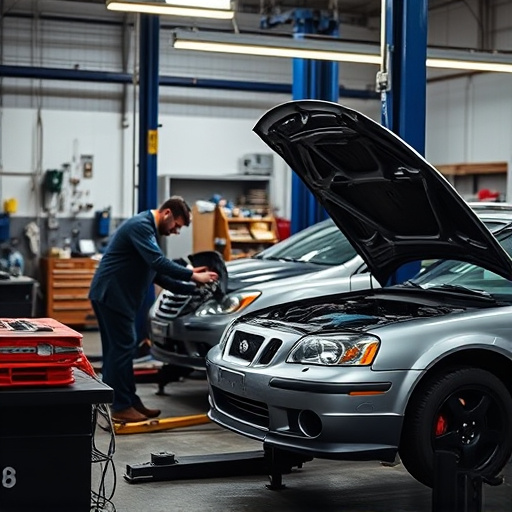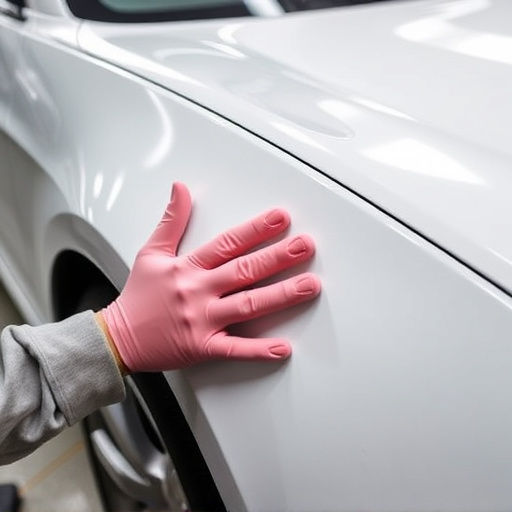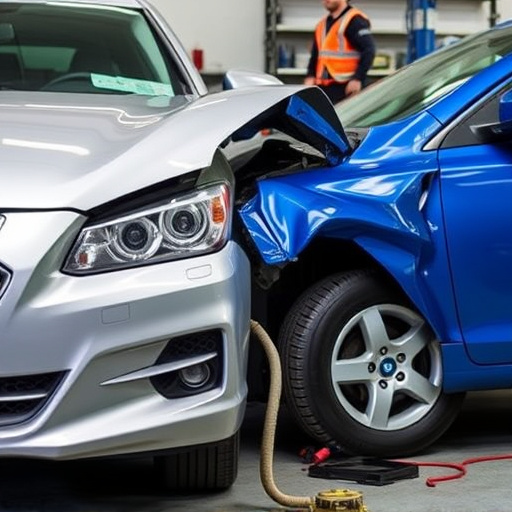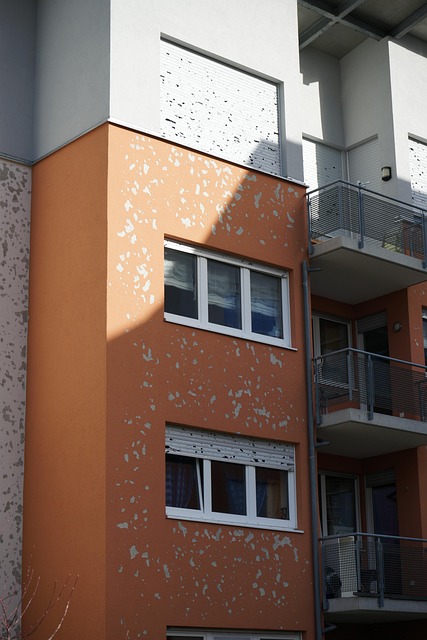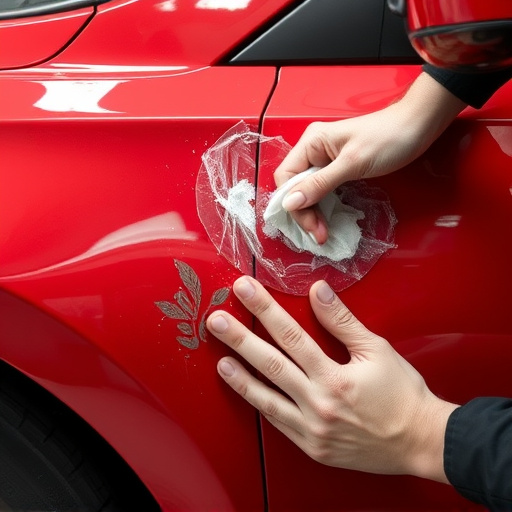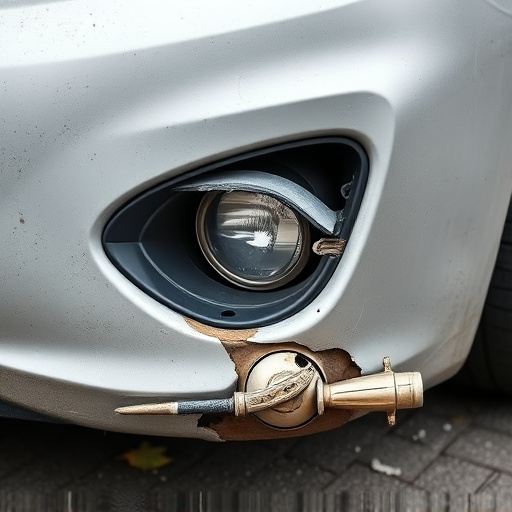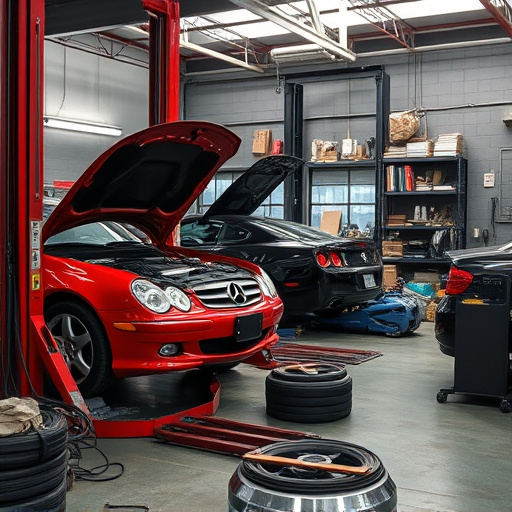Pickup truck body repair involves specialized knowledge and tools to maintain durability and functionality. Key components like cab, bed, and fenders require distinct care. Workshops equipped with hammers, impact wrenches, air compressors, and paint equipment address dents, dings, and severe damage using techniques like PDR and precise digital measurements for accurate straightening and repainting, restoring vehicles to pre-accident condition.
Uncover the secrets to mastering pickup truck body repair with our comprehensive guide. From understanding the intricate structure of these versatile vehicles to mastering efficient restoration techniques, this article is your go-to resource. We’ll explore essential tools and equipment that every professional should have, ensuring top-notch results. Learn how to navigate the repair process, from identifying damage to achieving a seamless finish, making your pickup truck look good as new.
- Understanding Pickup Truck Body Structure
- Essential Tools and Equipment for Repair
- Techniques for Efficient and Quality Restoration
Understanding Pickup Truck Body Structure
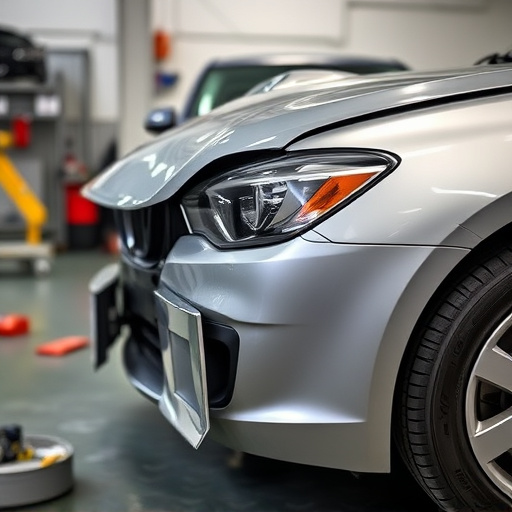
Pickup trucks are built to endure tough conditions, which means their body structure plays a vital role in ensuring their longevity. Understanding this structure is key when it comes to effective pickup truck body repair. The body of a pickup truck typically consists of several distinct panels, including the cab, bed, and fenders, all designed to protect both the vehicle’s occupants and its cargo. Each panel serves a specific function and is constructed using durable materials like steel or aluminum to withstand impact and corrosion.
When it comes to repairs, recognizing these individual components and their unique requirements is essential. For instance, while the cab shares similarities with passenger car bodies, the pickup truck bed often demands specialized attention due to its size and exposure to harsh elements. Auto repair near me facilities that specialize in vehicle body repair are best equipped to handle such intricacies, offering services from simple panel replacements to complex structural repairs, ensuring your pickup truck remains a reliable companion on any terrain.
Essential Tools and Equipment for Repair
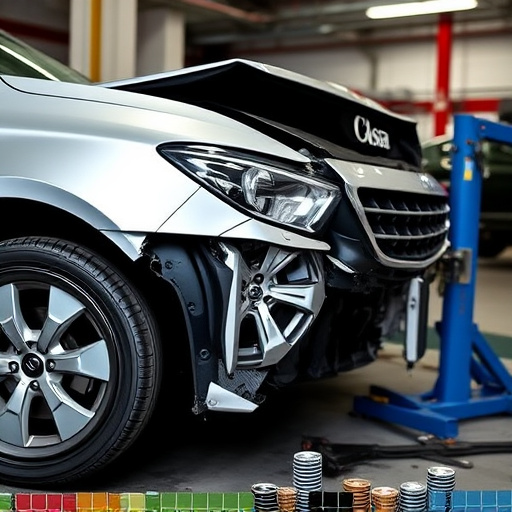
When it comes to pickup truck body repair, having the right tools is paramount. A well-equipped workshop with specialized equipment ensures efficiency and precision in fixing dents, dings, and even severe damage. Essential tools include a variety of hammers (such as claw hammers and rubber mallets), screwdrivers (both flathead and Phillips), wrenches for various nut sizes, and pliers to handle different types of metal. For more intricate repairs, an impact wrench or air compressor can be invaluable in removing stubborn bolts and speeding up the disassembly process.
Additionally, a good set of sanding tools, ranging from coarse grits to fine, is crucial for smoothing out imperfections after dent removal processes like paintless dent repair (PDR). Other notable items include a mask for dust protection during sanding, rags or cloths for cleaning, and a spray gun for painting if the repair involves repainting sections of the truck body. Tire services are also often part of the repair process, as proper wheel alignment and tire maintenance contribute to overall vehicle performance and safety.
Techniques for Efficient and Quality Restoration
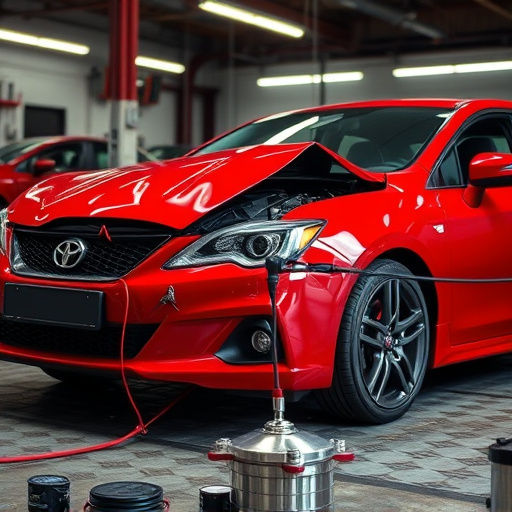
In the realm of pickup truck body repair, efficient and quality restoration techniques are paramount to ensuring vehicles return to their pre-accident condition. Professional technicians employ a meticulous approach, starting with thorough inspections to identify damage hidden beneath the surface. Advanced tools like digital measuring systems and 3D scanning technology play a crucial role in this process, allowing for precise measurements and ensuring every panel aligns perfectly during the repair.
The actual restoration involves a blend of traditional craftsmanship and modern innovations. Skilled technicians expertly straighten bent panels using specialized equipment, minimizing metal distortion. They then meticulously sand and prime the damaged areas, preparing them for painting. High-quality paints and coatings are applied in multiple layers, matching the original factory finish both in color and texture. This attention to detail not only enhances aesthetics but also guarantees long-lasting durability, making repaired pickup trucks look as good as new.
When it comes to successful pickup truck body repair, a deep understanding of the vehicle’s structure, proper tools, and proven techniques are essential. By mastering these key elements, you’ll be well-equipped to handle common repairs and restore your pickup to its original condition. Whether tackling dents, dings, or more extensive damage, following best practices ensures a quality restoration that enhances the truck’s overall value and longevity.
